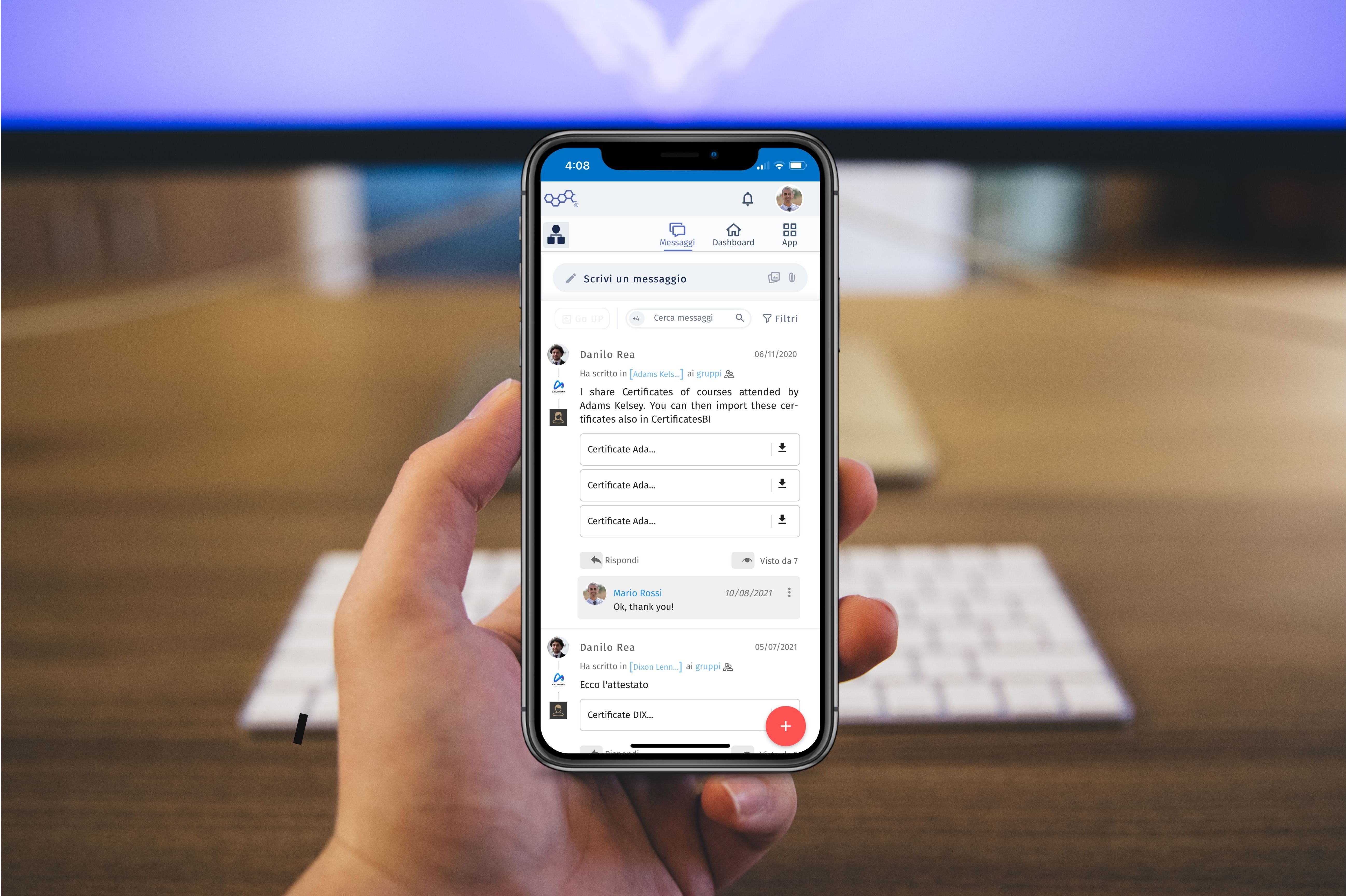
I am me… and my context
Information needs its own context to be understood correctly. The context should have the same value that the information itself has, even though, in the digital world, context is forgotten most of the times.
The other day I received a text from a friend of mine that had me worry. I couldn’t even understand what had happened exactly, but it talked about a bad fall. In short, I called her to understand what was happening. She started laughing and then she apologised for not having explained properly the context of her message. Nothing serious had happened to her, quite the opposite, the text was about a passage from a book she is writing and she was asking for my advice on a question she had.
“I would have told you later, but instead I told you beforehand.”
There it is. But the sentence -out of its context- was completely incomprehensible for me in that moment.
This is just a small episode from a few days ago that reminded how explaining a situation itself is as important as making its context clear.
Certainly, we all have experienced, in one moment or another of our lives, similar situations. A misunderstanding which wouldn’t have been so, had it been contextualised.
The importance of contextualisation
“I am me and my circumstance” this statement from the Spanish philosopher José Ortega y Gasset captured very well the strength of the union that bounds a fact with its surroundings. Indeed, the word context comes from the Latin contextus, derived from con-tèxere: weave together, intertwine. Making sense of things by binding them to their whole, to the reality the find themselves in.
This contextualisation is necessary in the communicative fields: we need to make sure that the message we want to convey arrives to its receiver with a sense. Without forgetting the digital world which is today one of the main media, mainly for work communication, where an information deprived of its context can result into wasting a lot of time, and possibly even revenue.
Work context
Think about all the emails we receive for work. Let’s take the example of an email made of short, blunt replies, as an answer to a specific question, and to understand the reason for such an answer we would need to browse through the different emails, chats for the various teams, documents saved in the computer…
This way, we could incur in the risk of not only wasting precious time in the process of looking, but also to give value to an instantaneous information without remembering that such information, outside of its context, does not have any sense nor value.
Now, let’s think about a situation where all the messages, even short ones, the documents, are shared directly in their own contexts. A message in its own context. This way, with a quick scroll, is easy to retrace the reason why that message was sent and its aim. Imagining that all of this would happen in the 8 hours of work, we can deduce that everything can be understood sooner, time can be saved and work more efficiently.
This is the way information is structured into the digital hive of SweetHive, the collaborative platform at the basis of BusinessRM. An evolution of communication that is a step further in the understanding of messages, because the same value is given to their context. Because in information is an information and its context.
It is not possible to explain a communicative act if we do not know the context in which it is produced: not only would it not be possible to determine the reasons and the effects of its production, but neither grasp its explicit meaning or any possible implicit ones.
O. Ducrot
Do you want to know about BusinessRM potentiality?
You will able to see how to rethink your business in an Organisation First perspective.

